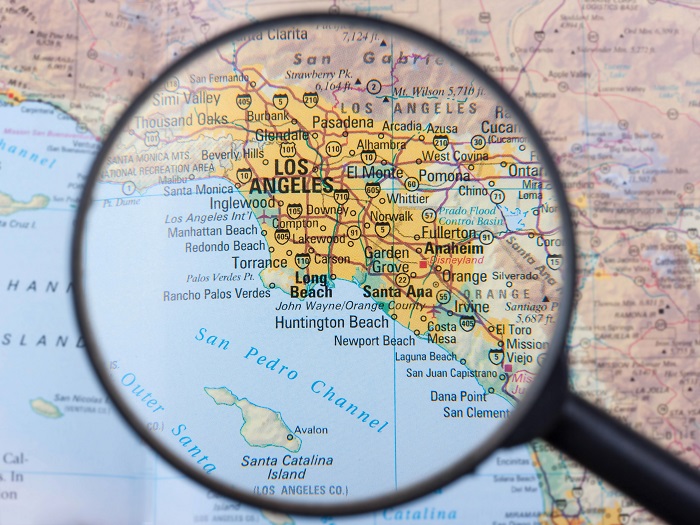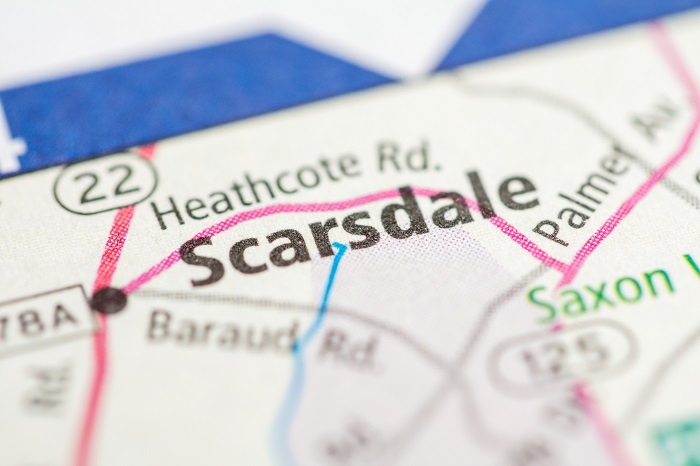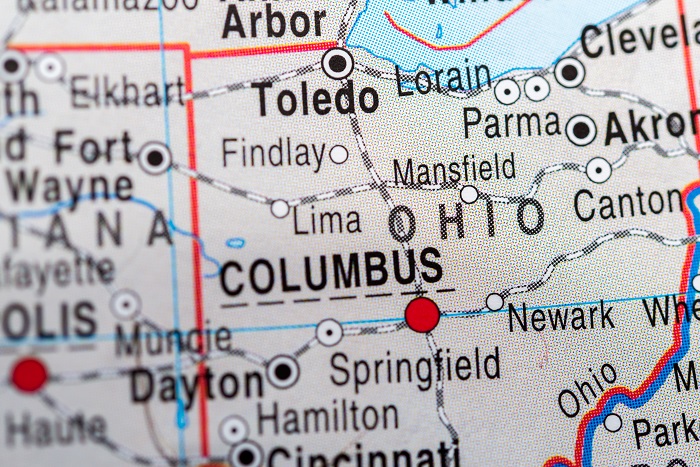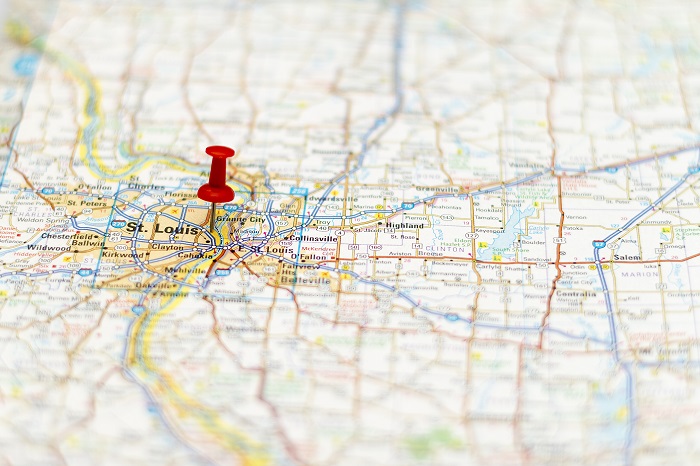Income inequality can make it pretty tough for people on the lowend of the stick to save anything for retirement at all.
|It can be enough of a challenge to meet essential expenses, likehousing, food and utilities, without thinking of a day that won’tarrive for decades.
|To drive home how great the divide is in this country betweenrich and poor, a report from 24/7 Wall Street has checked outthe richest and poorest towns in America to see just how far apartone can go. And it’s a great divide indeed.
|The richest towns are typically suburbs of America’s largestcities, where many of the residents commute to high-paying jobs inthe nearby metropolis.
|For residents of the poorest towns, it's a greater distance,economically and physically, to commute to a place that offers atleast a little potential for advancement.
|And it’s not as if the jobs are in those wealthy towns, either;in 21 of the 25 small wealthiest towns, more than 80 percent of theworkers commute outside of their place of residence for work.
|Scarsdale, New York, for example, which tops the list ofwealthiest towns, is just a 30-minute train ride on the Metro-NorthRailroad to Grand Central Station in Manhattan.
|Great Falls, Virginia, the second wealthiest town in thecountry, is approximately 40 minutes by car (well, not countingtraffic) to Washington, D.C., where the wealthy and powerful of thenation congregate, and Winnetka, Illinois, the fourthwealthiest town, is really a suburb of Chicago, just 45 minutesaway.
||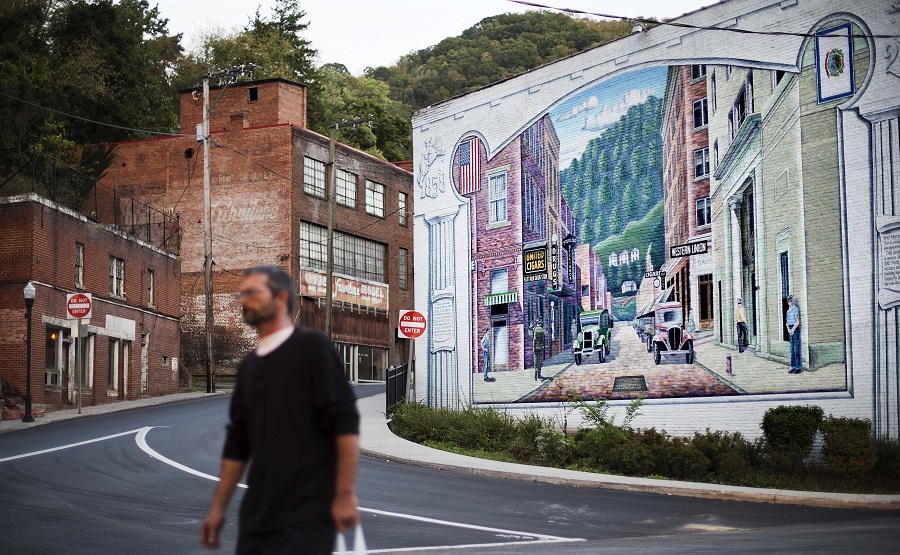
But in many of the poorest towns, residents don’t even haveaccess to cars, trains or other forms of public transportation—andthe commute to a place offering promising work is likelyconsiderably more than an hour away.
|Consider this: According to the report, the typical U.S.household brought home $53,889 in 2015, roughly $2,500 more than in2009, when the typical household earned $51,425.
|But although American incomes have come up quite a bit since thedepths of the Great Recession, not everyone has benefited from theeconomic recovery, with many people left out altogether; that meansthat income inequality remains high throughout the country.
|Education plays a major role in how successful a person—and hisor her surrounding community—will be, with those having abachelor’s degree earning about $23,000 more than those without afour-year college education and those with graduate degrees takinghome nearly $40,000 more.
|And it follows through into the town; in 23 of the 25 richesttowns, more than 70 percent of adults have a bachelor’s degree. Butin 20 out of the 25 poorest towns, fewer than 15 percent of adultshave a college degree.
|To rank the richest and poorest towns in America, 24/7 WallStreet used household income data from the U.S. Census Bureau’sAmerican Community Survey for the five-year period between 2011 and2015, excluding towns for which the margin of error at 90 percentconfidence was greater than 10 percent of either the medianhousehold income or the population.
||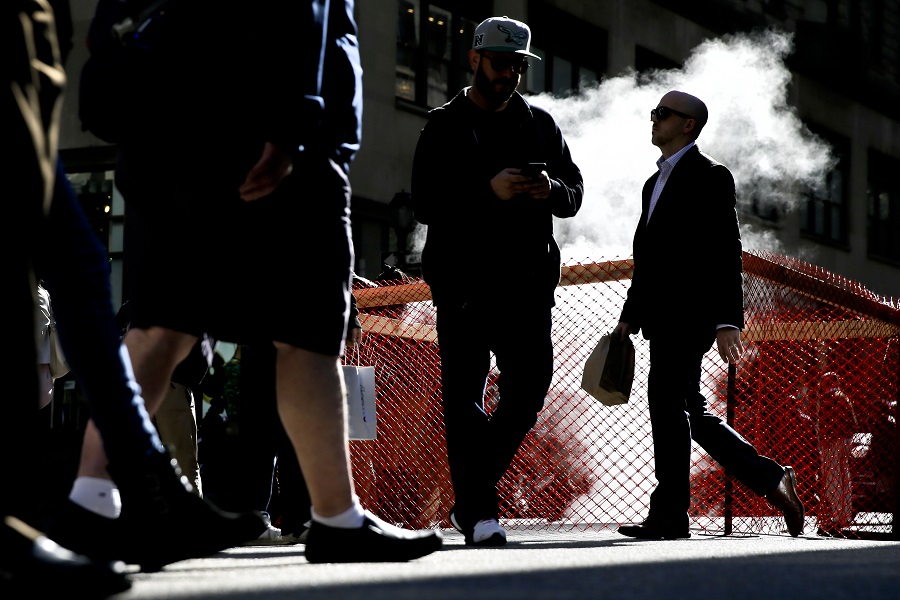
Unincorporated regions called census-designated places were alsoconsidered. Poverty rates, median home values, and the percentageof adults with at least a bachelor’s degree also came from the ACSand are also five-year estimates through 2015.
|But it’s not just education that plays into a town’s relativeprosperity or poverty; among the poorest towns, a substantialnumber have been economically suffering for years, with the loss ofgood manufacturing and mining jobs that provided not just stablewages that could support a family but also benefits that providedadditional security.
|The study points out that Benton Harbor, Michigan, used to be amajor manufacturing center, with a population of more than 20,000in the 1960s. Now, it’s the poorest town in the state, with itspopulation cut in half from those days.
|Many of the poorest towns were also hit with white flight, aswealthier, white residents headed to more affluent suburbs. Bydoing so, they shrank the city’s tax base and further weakened thearea’s economy.
|In East Cleveland, Ohio, for example, the first suburb of thecity of Cleveland, the population dropped, thanks to people movingout of the area, from 40,000 in 1950 to just 17,500 as of 2015.Today, nonwhite residents make up more than 90 percent of the EastCleveland population. In 16 of the 25 poorest towns, minoritygroups comprise more than half of the population.
|Here are the five richest, followed by the five poorest, townsin the U.S.
||5 richest towns in America
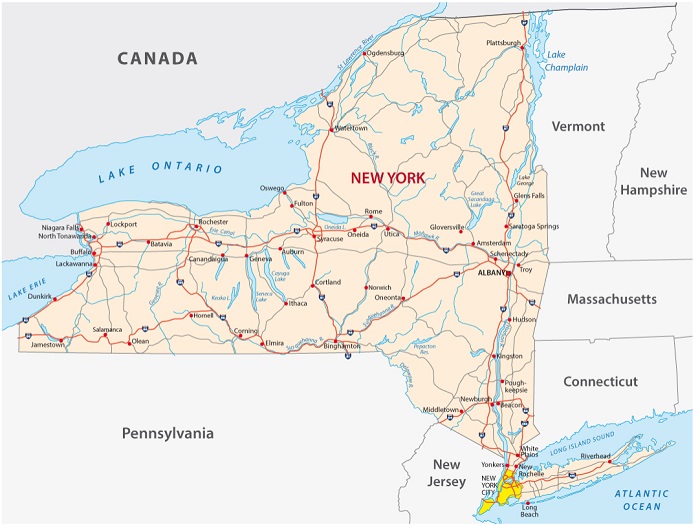
5. Oyster Bay Cove, New York
Median household income: $210,288
|Median home value: $1,506,300
|Adults with at least a bachelor’s degree: 72.4percent
|Poverty rate: 0.5 percent
||
4. Winnetka, Illinois
Median household income: $211,773
|Median home value: $957,600
|Adults with at least a bachelor’s degree: 87.9percent
|Poverty rate: 1.8 percent
||3. Rolling Hills, California
Median household income: $216,458
|Median home value: $2,000,000+
|Adults with at least a bachelor’s degree: 70.3percent
|Poverty rate: 2.0 percent
||
2. Great Falls, Virginia
Median household income: $234,091
|Median home value: $1,103,000
|Adults with at least a bachelor’s degree: 81.1percent
|Poverty rate: 1.9 percent
||1. Scarsdale, New York
Median household income: $242,782
|Median home value: $1,230,600
|Adults with at least a bachelor’s degree: 87.0percent
|Poverty rate: 2.3 percent
||
5 poorest towns in America
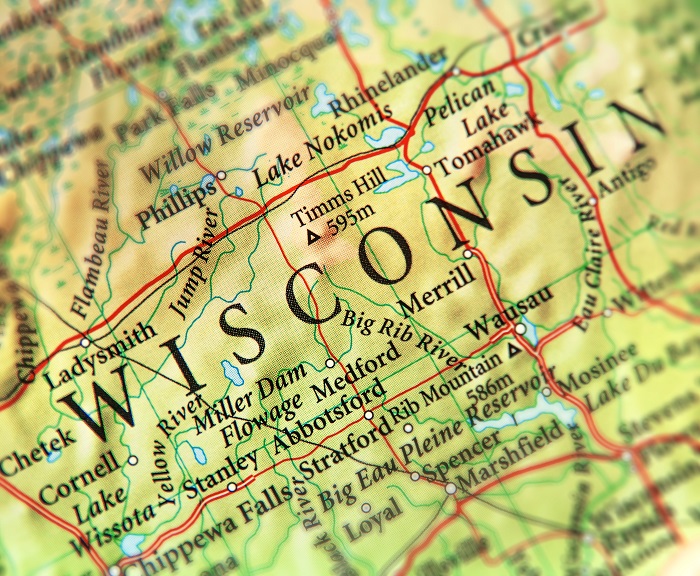
5. Lac du Flambeau, Wisconsin
Median household income: $20,160
|Median home value: $112,900
|Adults with at least a bachelor’s degree: 17.0percent
|Poverty rate: 44.3 percent
||
4. Muskegon Heights, Michigan
Median household income: $20,083
|Median home value: $41,900
|Adults with at least a bachelor’s degree: 6.0percent
|Poverty rate: 45.2 percent
||3. East Cleveland, Ohio
Median household income: $19,592
|Median home value: $60,600
|Adults with at least a bachelor’s degree: 11.0percent
|Poverty rate: 42.6 percent
||
2. Benton Harbor, Michigan
Median household income: $18,085
|Median home value: $47,800
|Adults with at least a bachelor’s degree: 5.1percent
|Poverty rate: 50.3 percent
||1. Centreville, Illinois
Median household income: $16,553
|Median home value: $49,600
|Adults with at least a bachelor’s degree: 10.9percent
|Poverty rate: 47.8 percent
Complete your profile to continue reading and get FREE access to BenefitsPRO, part of your ALM digital membership.
Your access to unlimited BenefitsPRO content isn’t changing.
Once you are an ALM digital member, you’ll receive:
- Critical BenefitsPRO information including cutting edge post-reform success strategies, access to educational webcasts and videos, resources from industry leaders, and informative Newsletters.
- Exclusive discounts on ALM, BenefitsPRO magazine and BenefitsPRO.com events
- Access to other award-winning ALM websites including ThinkAdvisor.com and Law.com
Already have an account? Sign In
© 2024 ALM Global, LLC, All Rights Reserved. Request academic re-use from www.copyright.com. All other uses, submit a request to [email protected]. For more information visit Asset & Logo Licensing.


